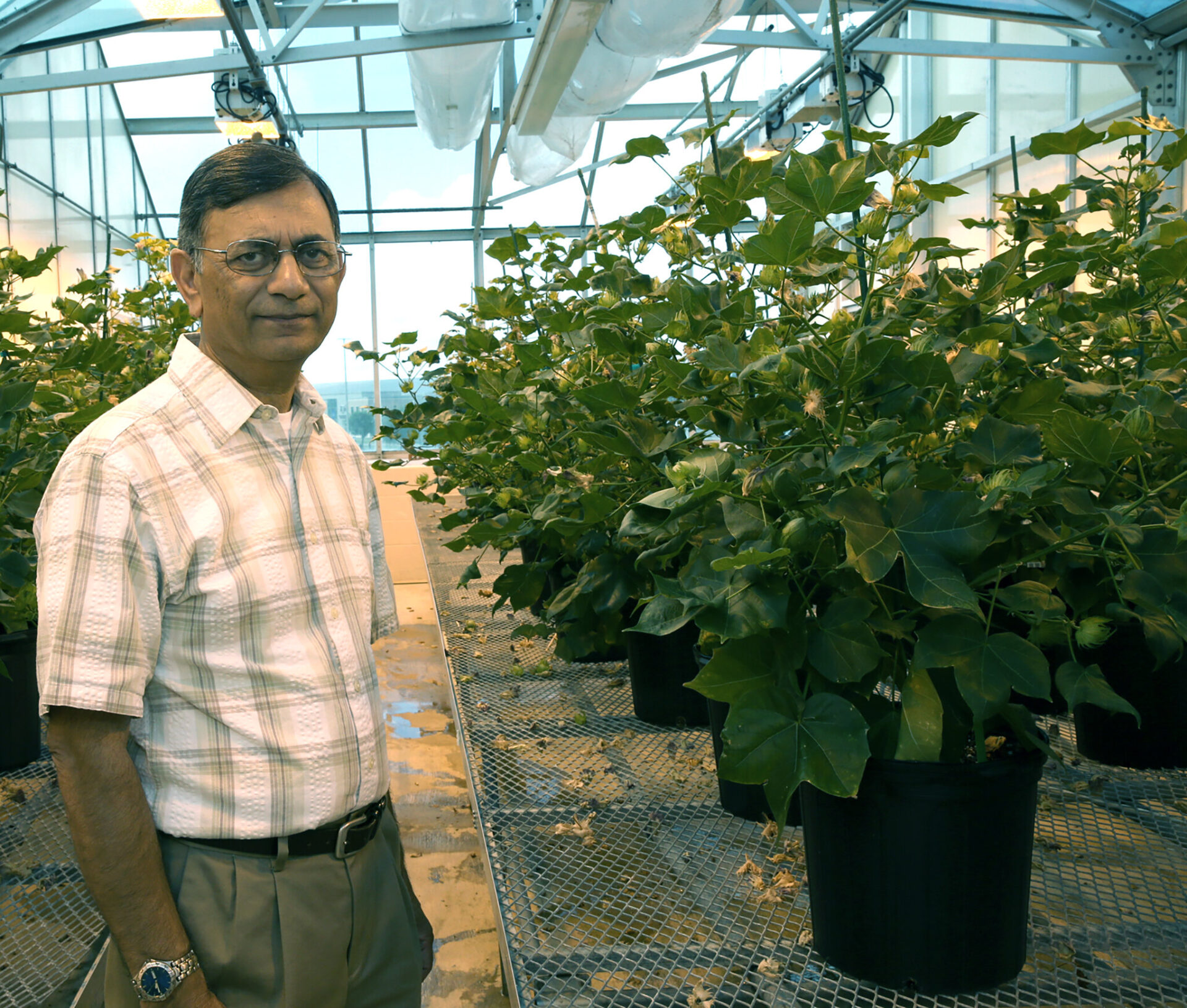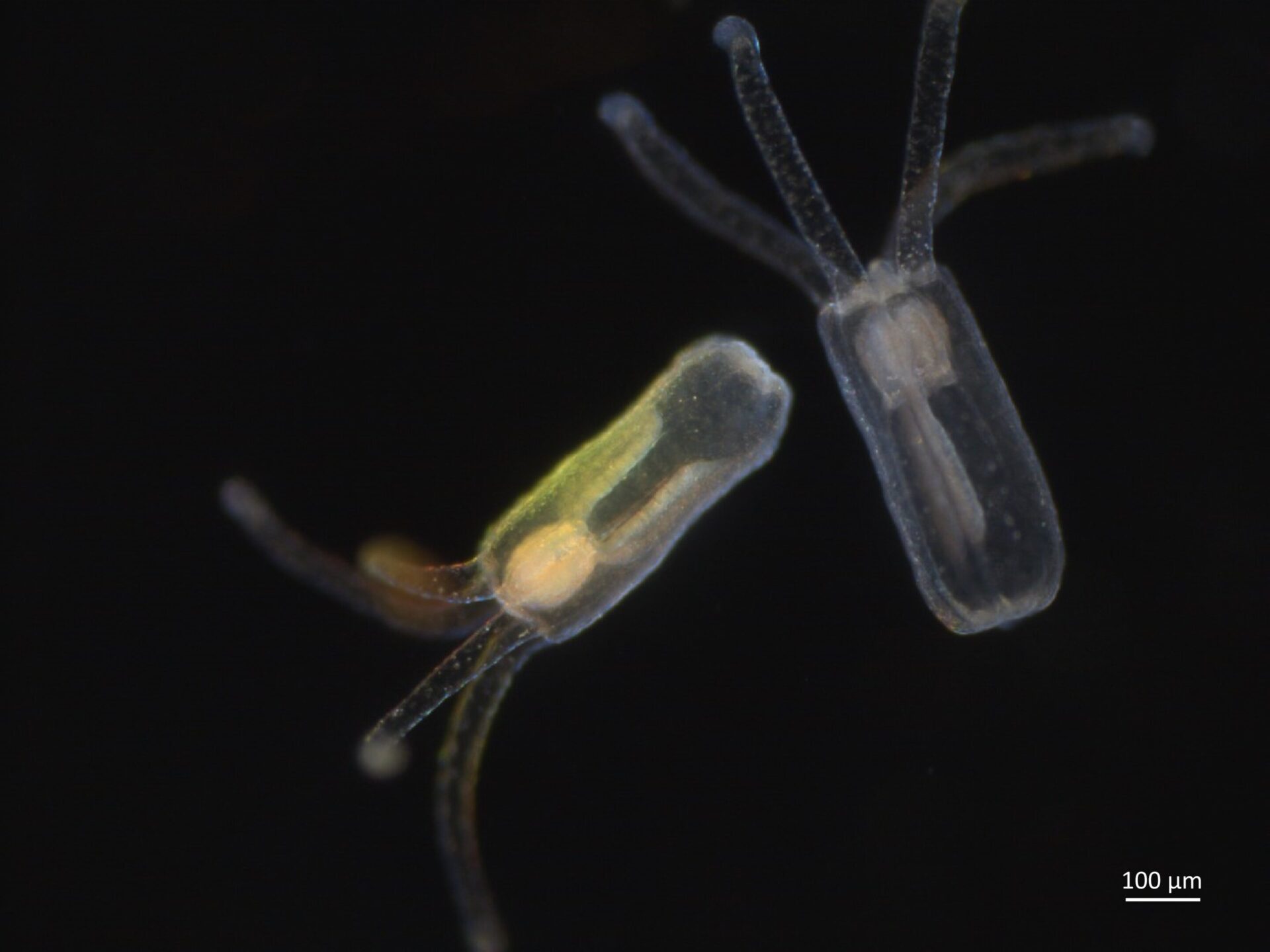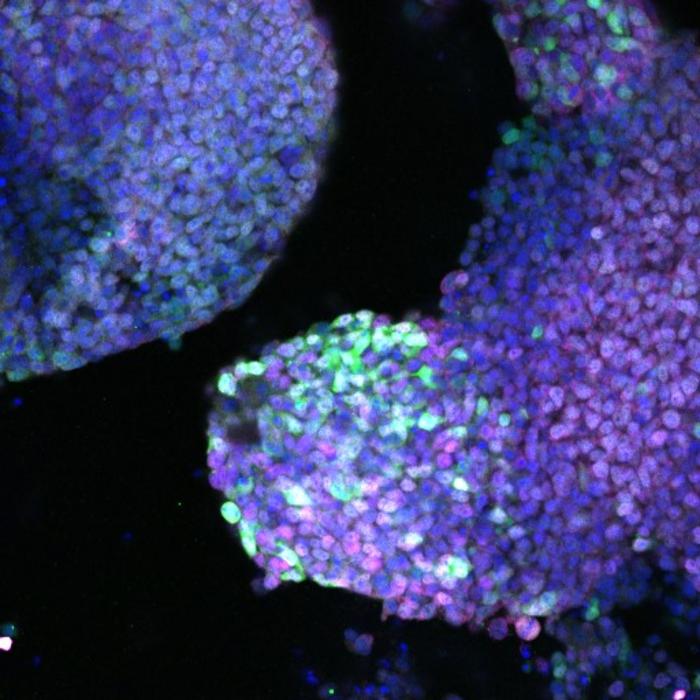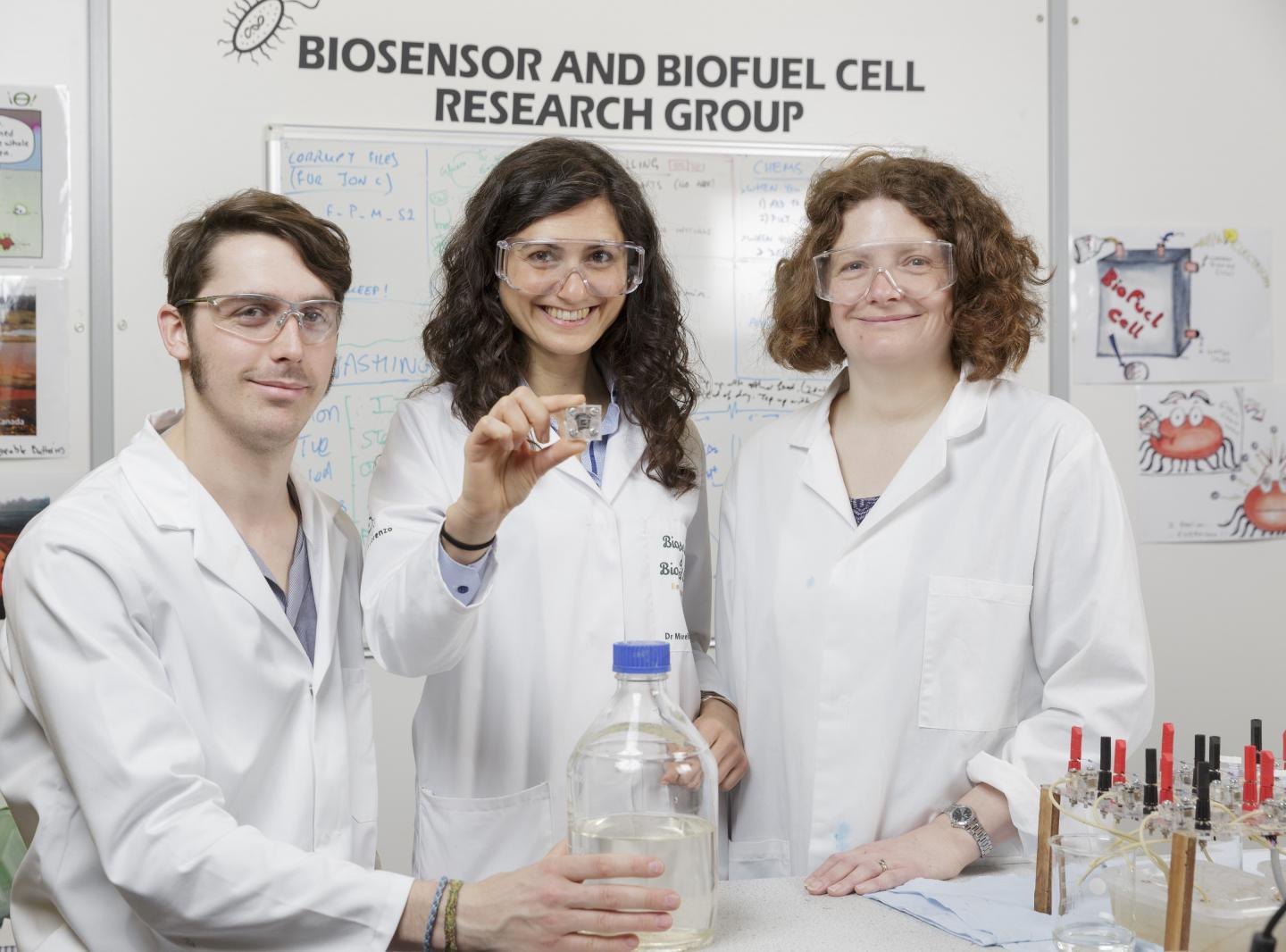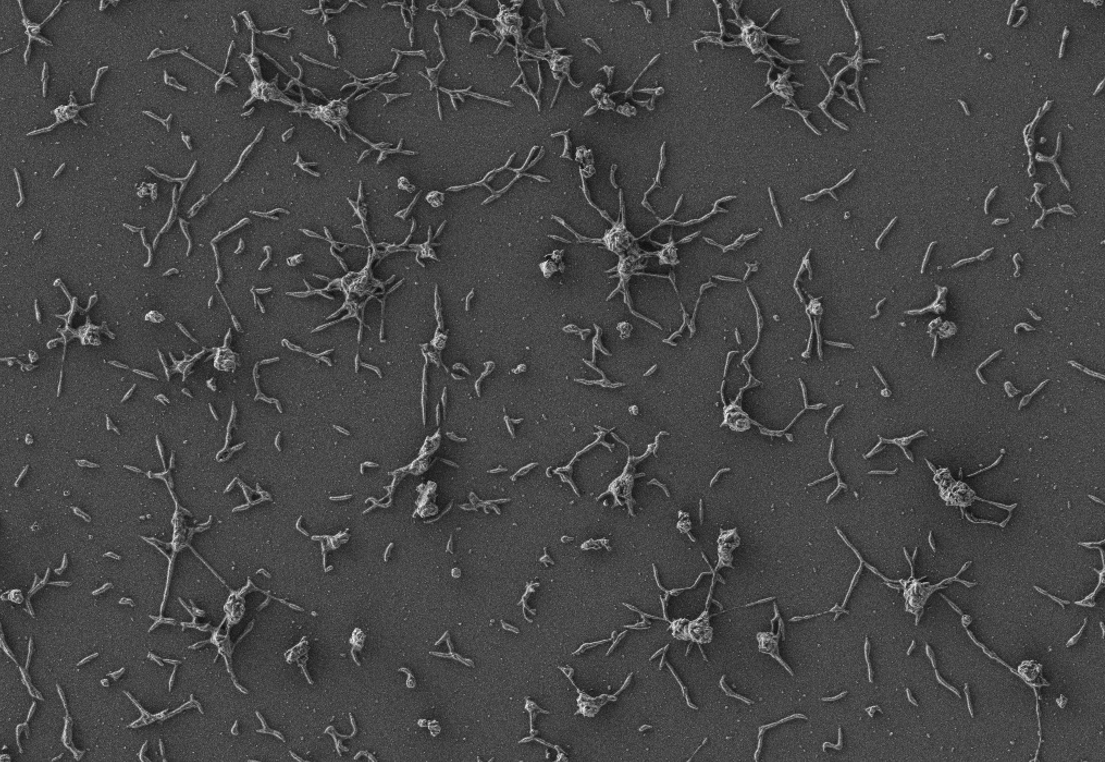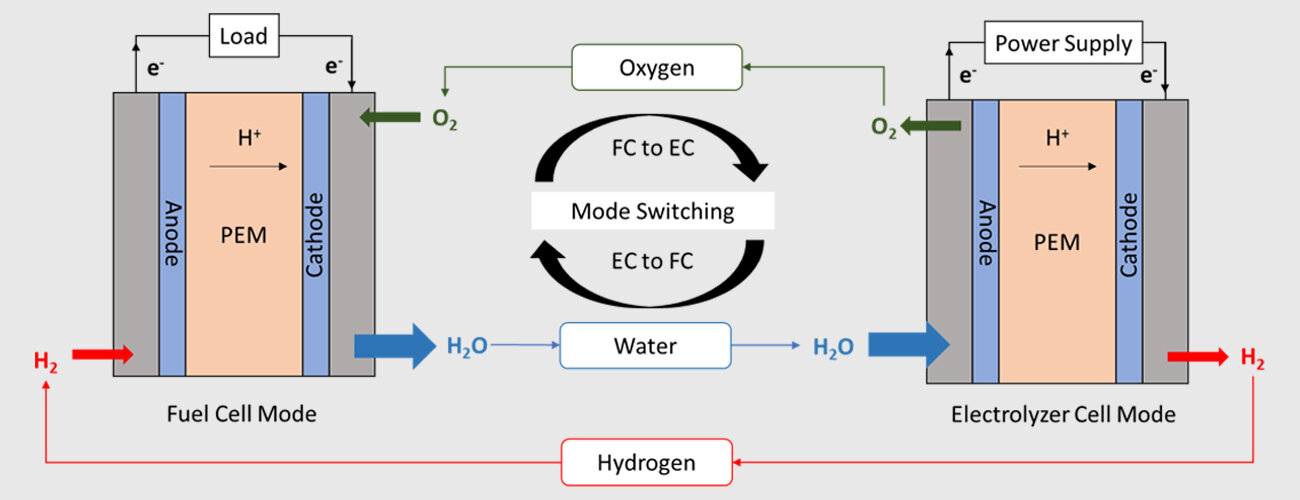
Regenerative fuel cells, with high round-trip efficiencies like that produced with a catalyst developed in the lab of Vijay Ramani, are well suited for submersibles, drones, and spacecraft, as well as for off-grid energy storage.
A single device that both generates fuel and oxidant from water and, when a switch is flipped, converts the fuel and oxygen into electricity and water, has a host of benefits for terrestrial, space and military applications. From low environmental impact to high energy density, developing efficient unitized regenerative fuel cells, or URFCs as they are called, has been in researchers’ sights for years now.
But to truly be efficient, an URFC needs bifunctional catalysts. This means, in electrolyzer mode, catalysts should facilitate the breakdown of water into hydrogen and oxygen, and, in fuel cell mode, facilitate their recombination into water. Now, working in the lab of Vijay Ramani, the Roma B. & Raymond H. Wittcoff Distinguished University Professor, a team of researchers has found an excellent bifunctional catalyst for the oxygen electrode.
Their work was published in the journal Proceedings of the National Academy of Sciences.
“Unlike the hydrogen electrode, wherein platinum is an effective bifunctional catalyst, it is very challenging to identify a suitable catalyst for the oxygen electrode due to the sluggish kinetics of oxygen reduction and oxygen evolution,” said Pralay Gayen, currently working at Intel, who was a postdoctoral research associate in Ramani’s lab at the McKelvey School of Engineering at Washington University in St. Louis and served as the paper’s first author.
Sulay Saha, a postdoctoral research associate in Ramani’s laboratory, and Gayen’s research was guided by first principles — taking into account the fundamental properties of different substances before heading to the lab to test potential catalysts.
Along with former undergraduate researcher and co-author Xinquan Liu, the team ultimately identified and developed Pt-Pyrochlore, a composite of platinum and a lead ruthenate pyrochlore, which yielded high bifunctionality.
The “bifunctionality index” is a measure of catalyst’s ability to facilitate both the forward and reverse direction of a reaction. “We want the index to be low,” said Kritika Sharma, a PhD engineering student. “Zero, ideally.” This new catalyst has a bifunctionality index of 0.56 volts — very low compared with other catalysts reported. When used in a URFC device developed by the laboratory, the catalyst enabled a round-trip energy efficiency (RTE) of 75% — the highest reported round-trip efficiency in this type of URFC.
With such high efficiency, the URFCs developed are well suited for applications such as submersibles, drones, spacecrafts and space stations, as well as for off-grid energy storage.
Original Article: New catalyst helps combine fuel cell, battery into one device
More from: Washington University in St. Louis | McKelvey School of Engineering
The Latest Updates from Bing News & Google News
Go deeper with Bing News on:
Unitized regenerative fuel cells
- H3 Dynamics to supply fuel cells for Airbus UpNext HyPower APU projecton May 7, 2024 at 7:05 am
Toulouse-based H3 Dynamics has been contracted by Airbus UpNext to supply a 0.5MW hydrogen fuel cell system for the latter's HyPower demonstrator project.
- HDW To Buy Fuel Cell Power Plant From Ballardon May 5, 2024 at 5:00 pm
Howaldswerke-Deutsche Werft AG (HDW) will use Ballard Power Systems Inc.'s Fuel Cell power plants in newbuildings. The contract is worth almost $7 million. Ballard will supply a prototype fuel ...
- fuel cellon May 4, 2024 at 5:00 pm
According to [Charles Q. Choi], a new study indicates that grooves in the hydrogen fuel cells used to power vehicles can improve their performance by up to 50%. Fuel cells are like batteries ...
- Composites end markets: Batteries and fuel cells (2024)on April 17, 2024 at 5:00 pm
and membrane electrode assemblies (MEA): The number of unit cells in a fuel cell stack varies according to the power produced, application and technology used. For example, Nedstack (Arnhem, ...
- HYDROGEN FUEL CELLon April 15, 2024 at 11:38 pm
Save your favourite. As the focus on Hydrogen grows in India, Omega Seiki Mobility looks to introduce a Hydrogen fuel cell-powered 3-wheeler with a 400km driving range in a single charge.
Go deeper with Google Headlines on:
Unitized regenerative fuel cells
[google_news title=”” keyword=”unitized regenerative fuel cells” num_posts=”5″ blurb_length=”0″ show_thumb=”left”]
Go deeper with Bing News on:
URFCs
- New Alloy Design Paves the Way for Efficient Bifunctional Catalystson March 19, 2024 at 11:43 am
Dual-purpose URFCs that generate electricity and hydrogen can reduce production costs by minimizing the need for costly catalysts while preserving output. The technology to improve the ...
Go deeper with Google Headlines on:
URFCs
[google_news title=”” keyword=”URFCs” num_posts=”5″ blurb_length=”0″ show_thumb=”left”]



